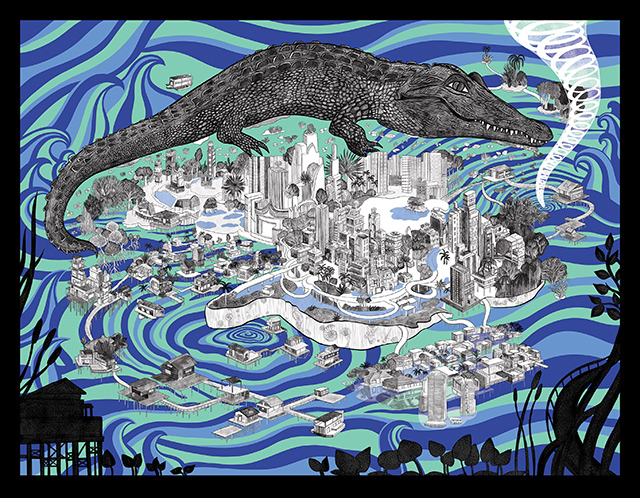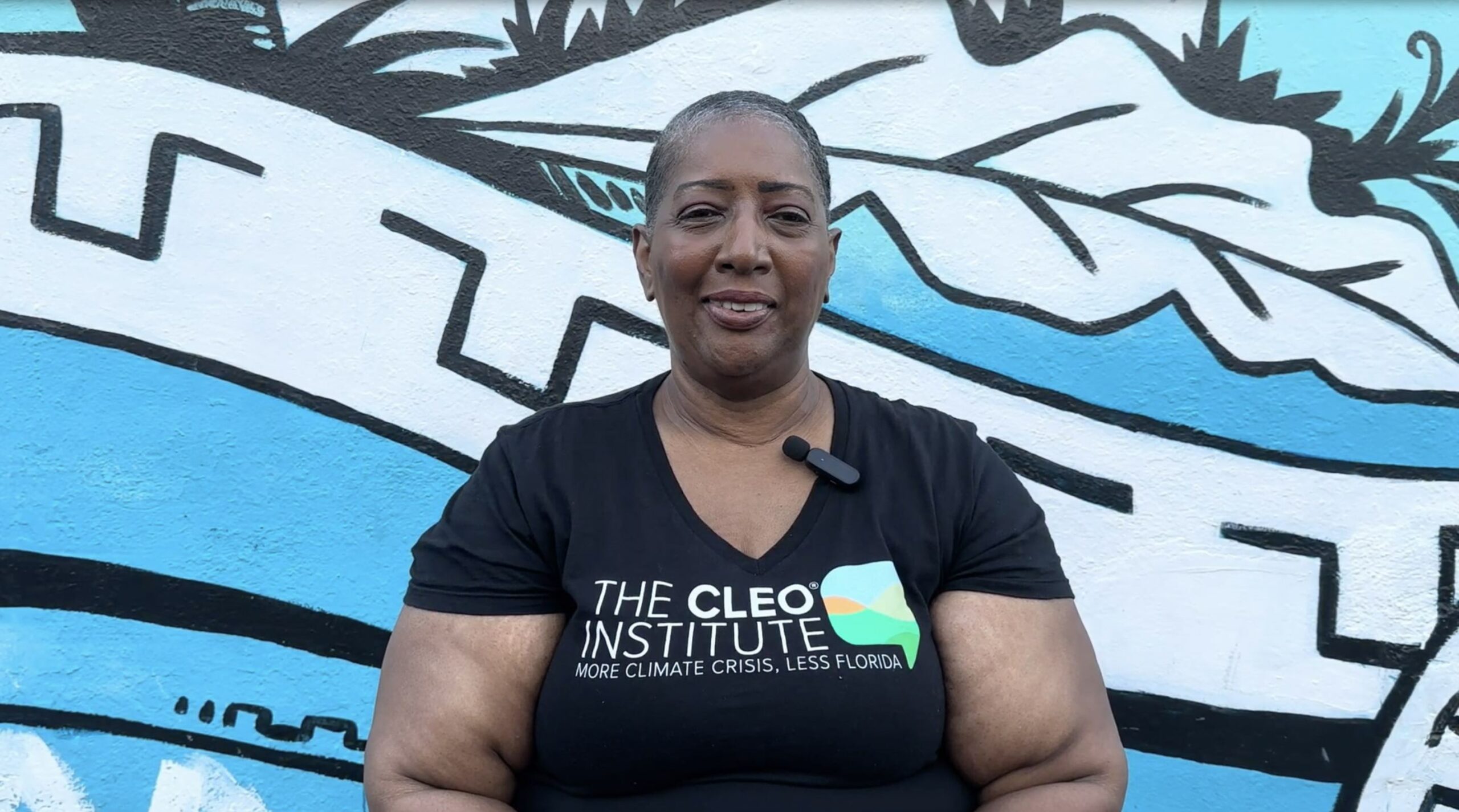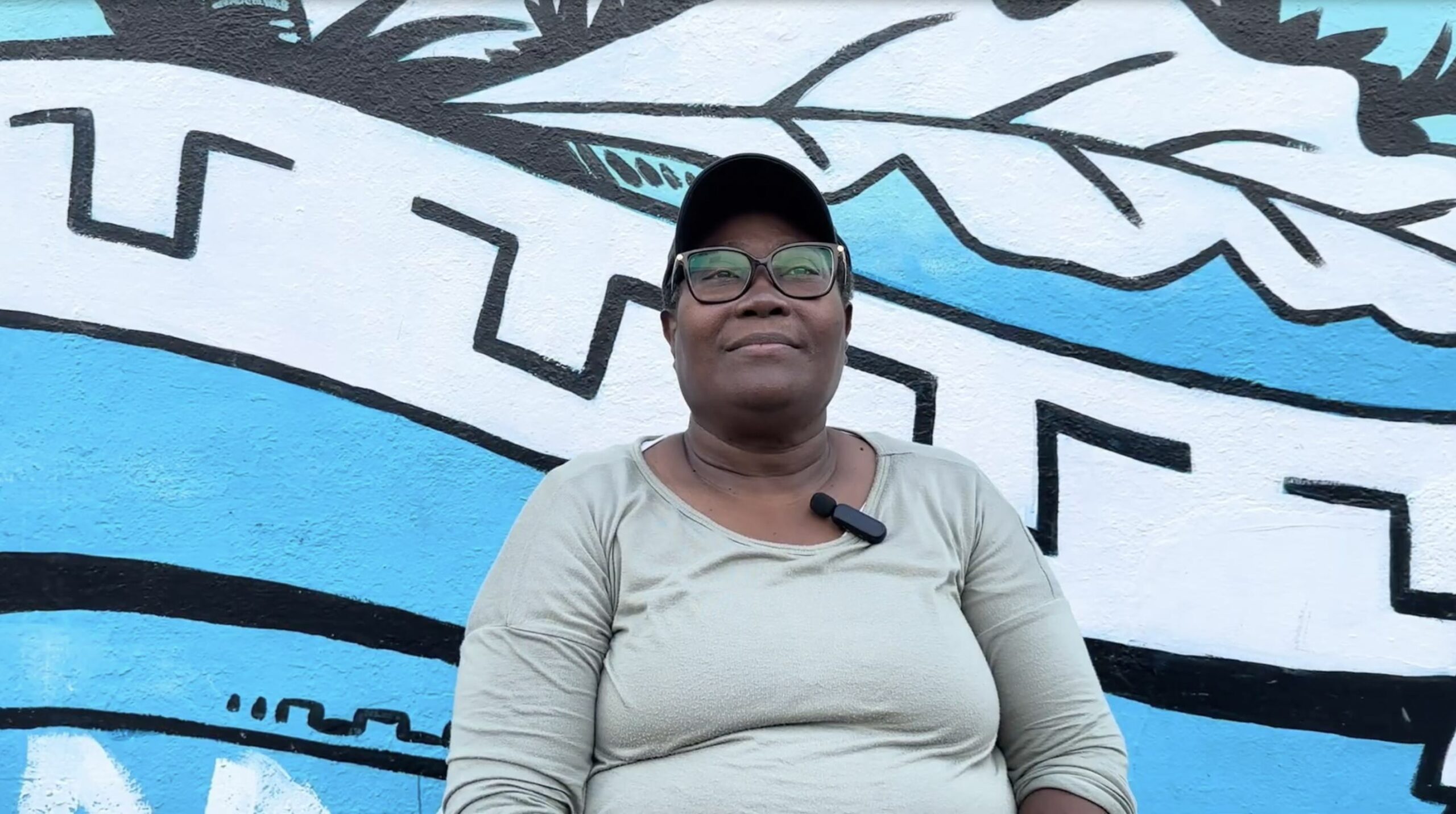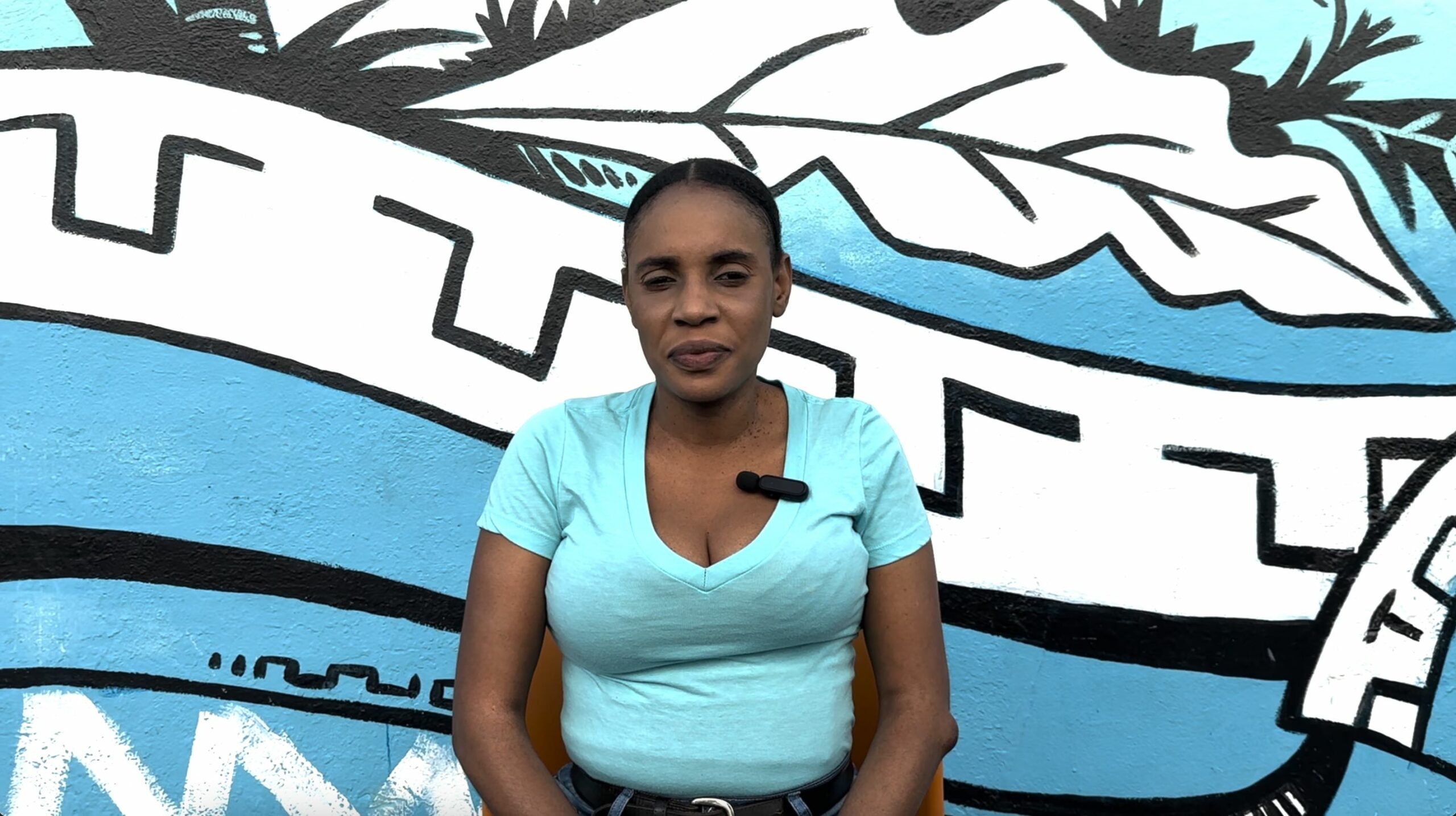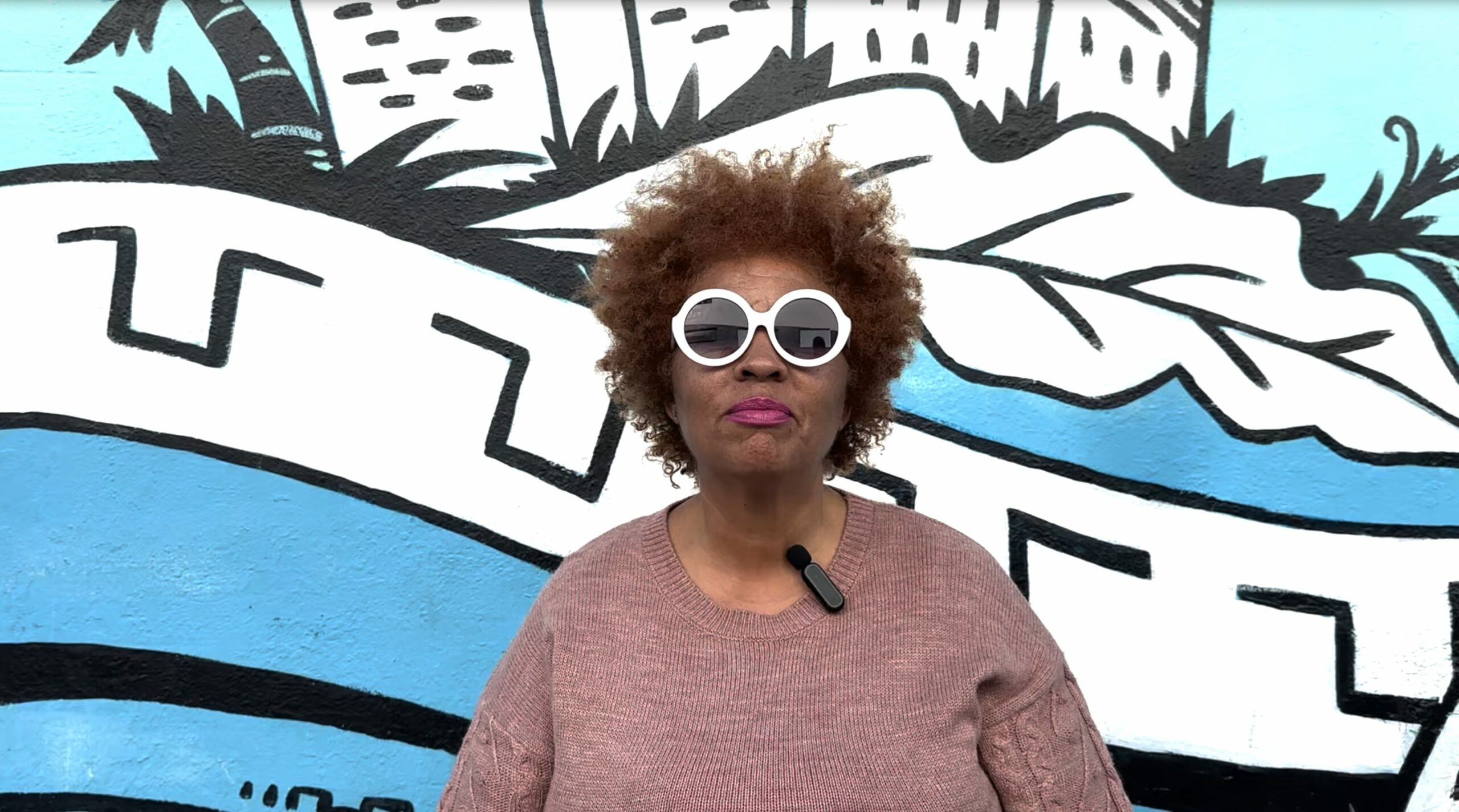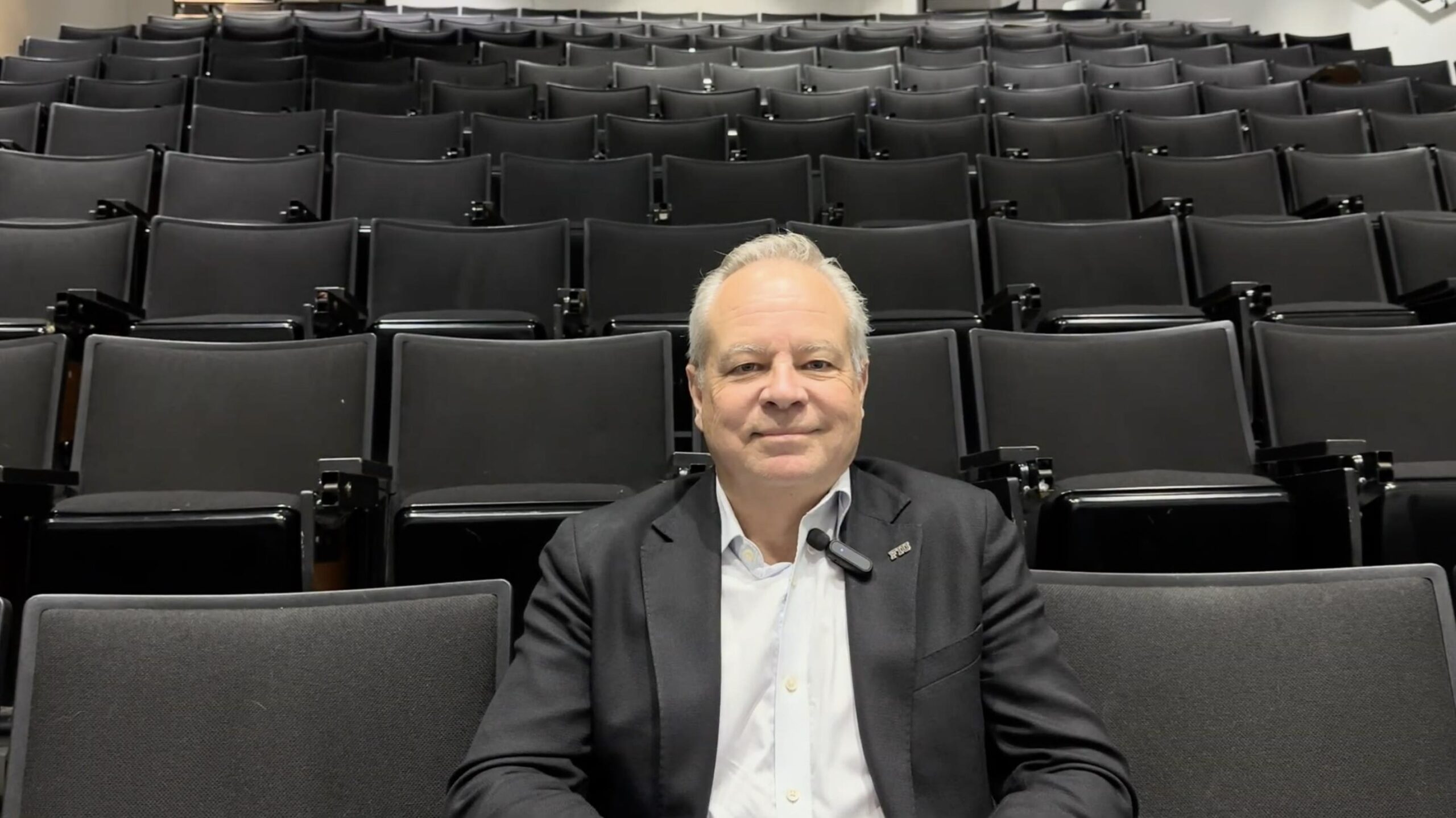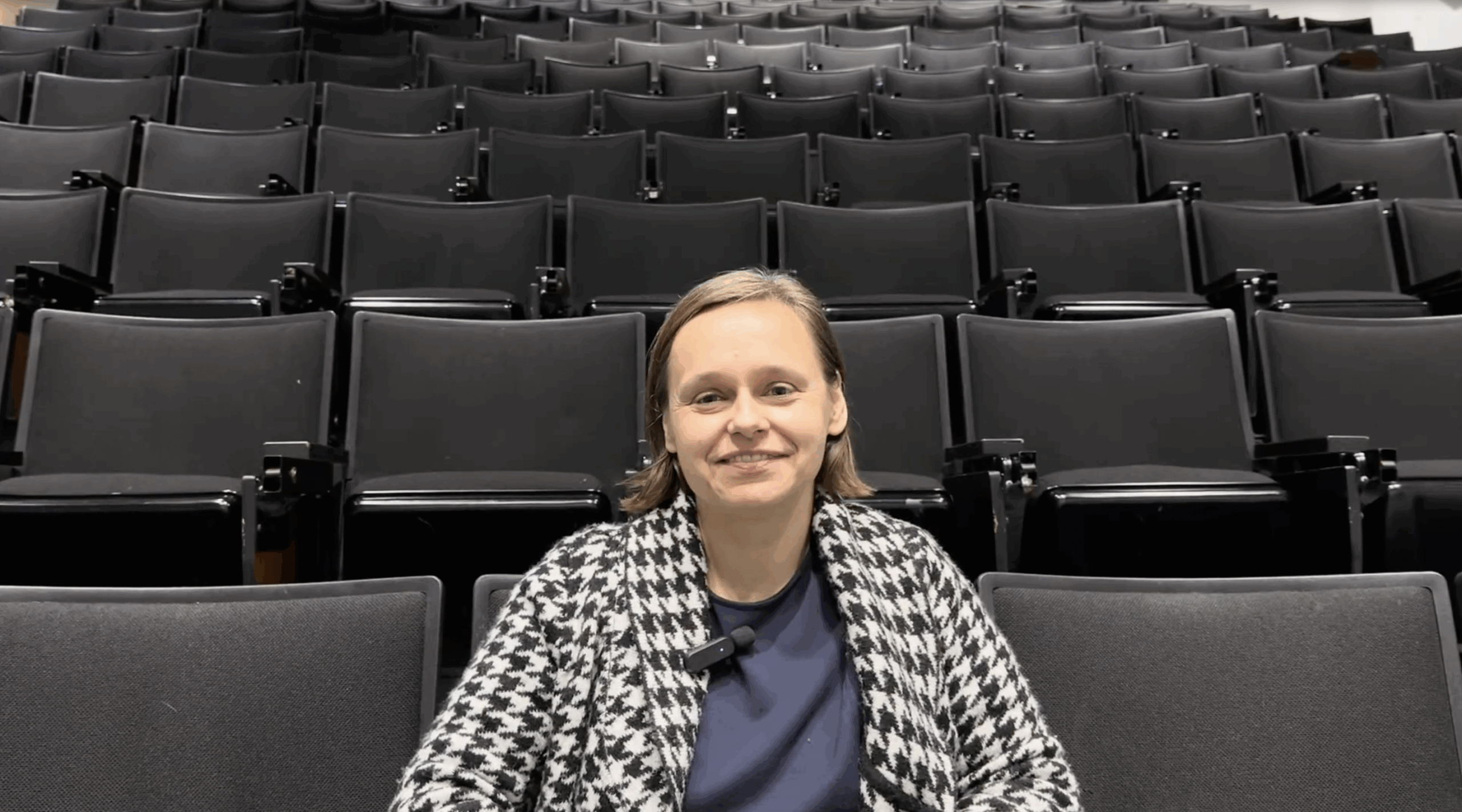
Allan Shulman is a renowned architect and expert in adaptive reuse, and has been involved in numerous historic preservation projects in Miami Beach. In this city at the heart of rising water levels and the challenges associated with sea level rise, he explores solutions for the city to adapt without losing its identity. In this interview, he shares his thoughts on the difficult choices the city must make to remain vibrant and resilient in the face of climate change.
The emergence of early adaptation efforts
Sea level rise is a major challenge for the Miami area, but according to Shulman, regional authorities were initially cautious about discussing this sensitive issue. “The region relies on real estate development, immigration and growth,” he explains. More recently, over the last decade, the region began to come together to implement adaptation plans. “Real plans are being developed and real structures are being built,” he adds. Miami Beach, where Shulman is currently involved in several projects, has developed a particular commitment to combating sea level rise.
The city faces a historic challenge: preserving while adapting
For Shulman, the issue of adapting Miami’s historic neighborhoods is crucial. “The idea of historic preservation may seem antithetical to what resilience implies, which is the ability to change and adapt continuously,” he notes. “This tension between preservation and transformation is at the heart of one of our projects, which aims to explore how these areas can adapt in the long term. Buoyant City explores how historic neighborhoods can evolve while remaining true to their heritage,” he says.
An alternative approach: layer rather than abandon
Rather than abandoning the city, as some suggest, Shulman advocates a more organic approach. “Miami is a great city. Millions of people live there and its culture and history are global,” he points out. He argues for urban redevelopment that adapts to its context piece by piece, a gradual process allowing the city to renew itself without sacrificing its past. “I think the best way for a city to grow would be to literally layer new architecture into, around and over the existing building fabric, weaving the future into the past,” he explains with conviction.
Floating buildings: a viable solution?
When the question of floating cities is raised, he is pragmatic. “Floating’ can take many forms,” he suggests. In Miami, most residential buildings are already raised in some way, interpreting the floating idea in a different way. Some are on columns, “allowing for gardens or other activities, and eventually water, at ground level.”
The rehabilitation of old buildings: between modernity and preservation
The rehabilitation of historic buildings is one of the major challenges of adapting to rising sea levels. “Buildings must be able to survive, and that means adapting them to new realities,” he says. One challenge in Miami lies in adapting the interiors of buildings, which are often built of wood and finished in soft materials like gypsum wall board. Such materials need to be eventually replaced to better withstand extreme weather conditions.
Reimagining the city: a model of sustainable resilience
Shulman evokes the need for an adaptable city, one that “must evolve and renew itself constantly to ensure its survival.” He sees the city as a living organism that is constantly changing and transforming over time. For him, this evolution must be part of an organic process and not be seen as a constraint but as an opportunity.
Old houses: between preservation and adaptation
Historic houses, particularly Miami’s old wooden houses, reminders of a bygone era, are one challenge in the face of rising sea levels. For Shulman, adapting these smaller private buildings to rising water levels is not an insurmountable task, since they’re easy to raise. In Miami, “building raising techniques were already well established in the early 20th century,” an adaptation process that is already part of the city’s DNA. In the process of urbanization and densification, wooden houses built in the first phase of the city’s construction were often moved to less valuable land. This is an example of how Miami has, in fact, been resilient in its past, evolving according to new needs and opportunities.
Moving forward, houses will probably be raised on stilts. While this tradition is already well established here, some intriguing examples by architects like Herzog & de Meuron in Switzerland, and Teddy Cruz in San Diego, show that raising a house on stilts can be approached in a forthright way that demonstrates, rather than hiding, its purpose. Self-consciously raising a house on stilts is also about reminding us all of the aesthetic possibilities inherent in our more liquid future.
The challenges of large structures: reimagining ground floors and upper floors
Adapting large urban structures, particularly the historic hotels and apartment buildings that are emblematic of Miami Beach, poses other challenges. Shulman is cautious about the possibility of raising these buildings, especially in the context of a historic district where context and the relationship among buildings is important. Buildings may in the future grow vertically to meet needs, and adapt to rising waters while remaining in place. In this case, ground floors need to be re-imagined flexibly.
The city as a living organism: a continuous process of adaptation
For Shulman, urban adaptation is not limited to one-off transformations. On the contrary, he sees Miami as a constantly evolving city, where new buildings emerge from older ones. ‘I see cities as organisms that must always adapt over time,’ he says. For him, the city is a living being, a structure in perpetual evolution.
Current challenges should not be seen as insurmountable obstacles but as opportunities to reinvent the city in an organic way. “There have always been interesting intersections between the old building layers and the new ones; these make the city richer and the meaning of the preservation more profound.”
Shulman concludes by emphasizing Miami, like other major cities, must continue to evolve to overcome the challenges of climate change while respecting its heritage. “It’s a fascinating time to think about the future of the city, where buildings and spaces adapt to climate, social and urban challenges.” This vision of an adaptable and constantly evolving city echoes the need to rethink urban planning to ensure its resilience in the face of future environmental crises.
Testimonies from the same panel
